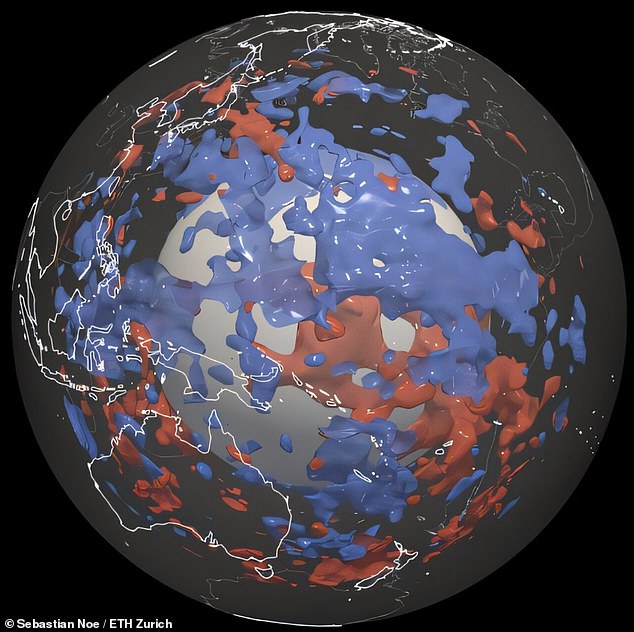From Atlantis to El Dorado and Avalon, legend tells us that Earth is dotted with lost lands that once met a dramatic downfall.
While these are commonly considered inventive myths, a new study reveals evidence for ‘a lost world’ beneath the Pacific Ocean.
Institute of Technology (Caltech) have found massive structures deep beneath the Pacific waters that ‘shouldn’t exist’.
This mystery material – which is making seismic waves in the region behave strangely – could be evidence of a lost land from hundreds of millions of years ago.
According to current scientific theories, the anomalous material in the lower mantle, about 600 miles (1,000km) beneath the water, ‘should not be found’ there.
Described as a ‘major mystery’, the findings challenge ‘our current understanding of how the Earth works’, according to researchers.
.
‘These findings suggest more diverse origins for these anomalies in Earth’s lower mantle.’
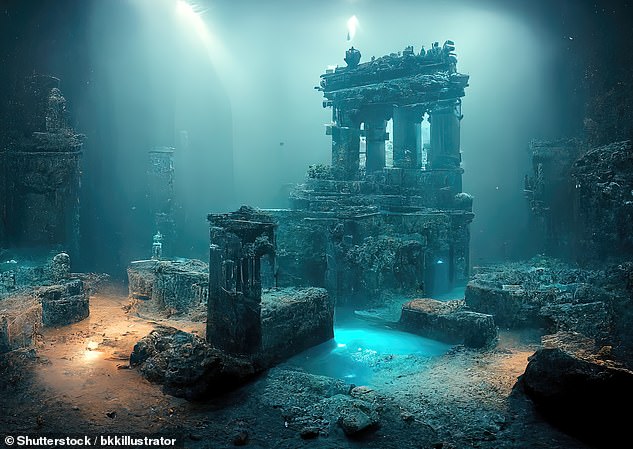
.
The problem is, no-one can see inside the Earth, nor can anyone drill deep enough to take rock samples from the mantle.
Instead, scientists study the speeds of seismic waves – the vibrations caused by earthquakes and explosions – as they travel through the planet’s interior.
Seismographic stations record these waves and on the basis of these recordings experts can draw conclusions about the structure and composition of the Earth.
‘This is very similar to how doctors use ultrasound to image organs, muscles or veins inside the body without opening it up,’ ETH Zurich said.
It’s also well known that Earth’s lithosphere – its rocky, outermost shell, comprising the upper portion of the mantle and the crust – is formed of around 15 tectonic plates.
Seismic activity can be detected along the tectonic plate’s borders, where the plates rub up against each other.
But in the ancient past, large plates have since disappeared into Earth’s mantle by means of ‘subduction’.
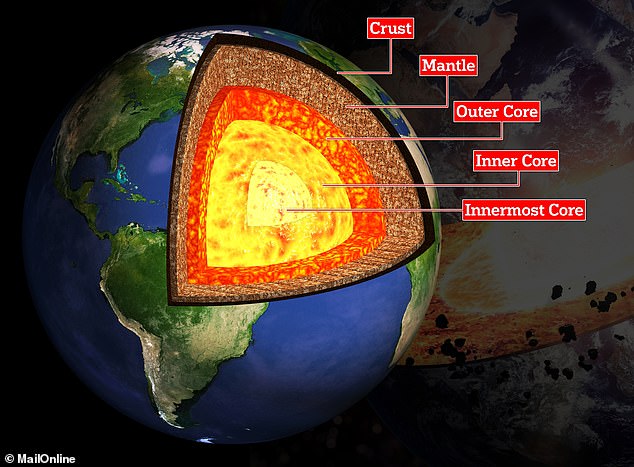
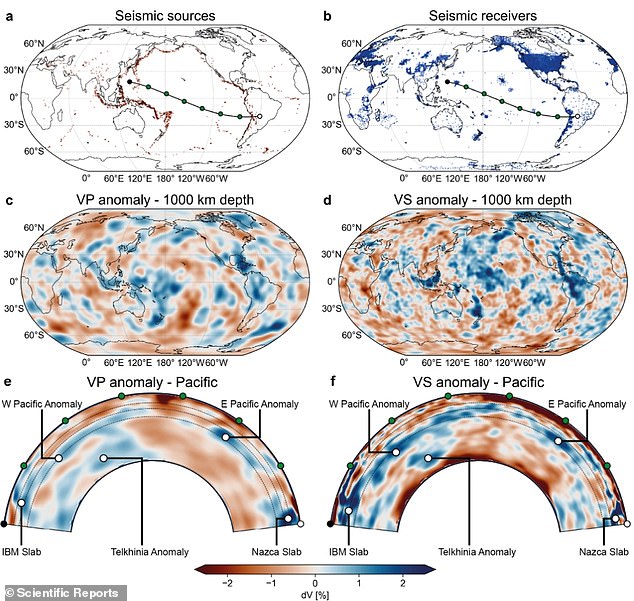
This is the geologic process in which one edge of one plate is forced below the edge of another – and over time an entire plate can be lost.
In the past, seismologists have determined the position of submerged tectonic plates throughout the Earth’s mantle, but they’ve always been under subduction zones.
In the new study, the ETH Zurich and Caltech researchers used a computational technique called ‘full-waveform inversion’ which constructs a 3D image of the Earth using seismic wave data.
They identified areas below the Pacific that seem like remains of submerged plates, but far away from plate boundaries with no geological evidence of past subduction.
The Pacific is one large plate so it should not have any subduction material under it anyway.
This suggests the anomalies are not lost subducted plates. However, what the material is instead – or what it means for Earth’s internal dynamics – is something of an enigma.
‘It’s like a doctor who has been examining blood circulation with ultrasound for decades and finds arteries exactly where he expects them,’ said co-author Professor Andreas Fichtner, seismologist at ETH Zurich.
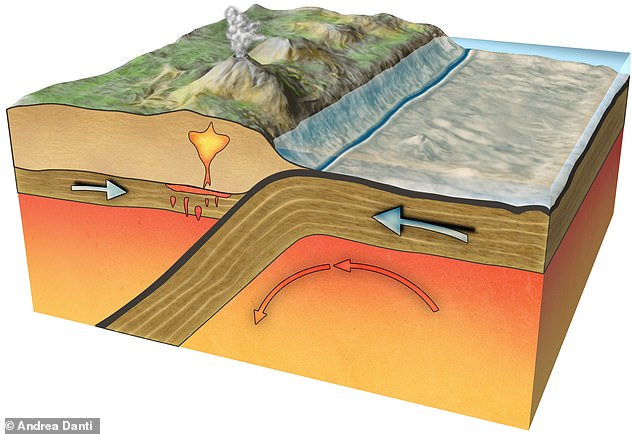
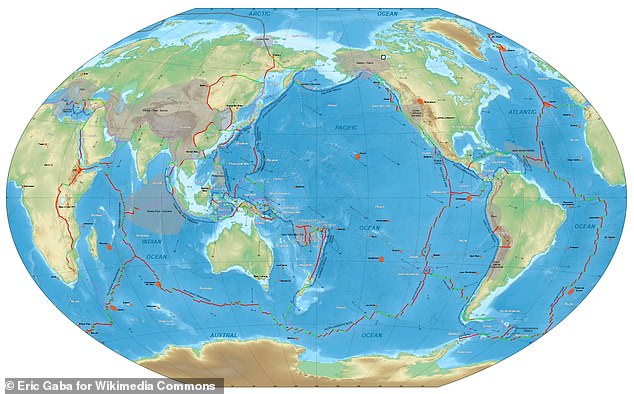
‘Then if you give him a new, better examination tool, he suddenly sees an artery in the buttock that doesn’t really belong there. That’s exactly how we feel about the new findings.’
However, the researchers do present a few theories behind the the anomalies, which would need more information from waves – not just their speed – to form any robust conclusions.
They could be ancient, silica-rich material that has been there since the formation of the mantle about four billion years ago.
Alternatively they could be zones where iron-rich rocks accumulate as a consequence of mantle movements over billions of years.
‘There is a diverse range of potential explanations for the detection of positive wave speed anomalies in Earth’s (lower) mantle other than the presence of subducted slabs,’ they conclude in their paper.
‘Our research underscores the critical role of full waveform inversion as an indispensable tool in mantle exploration.’
Read more
